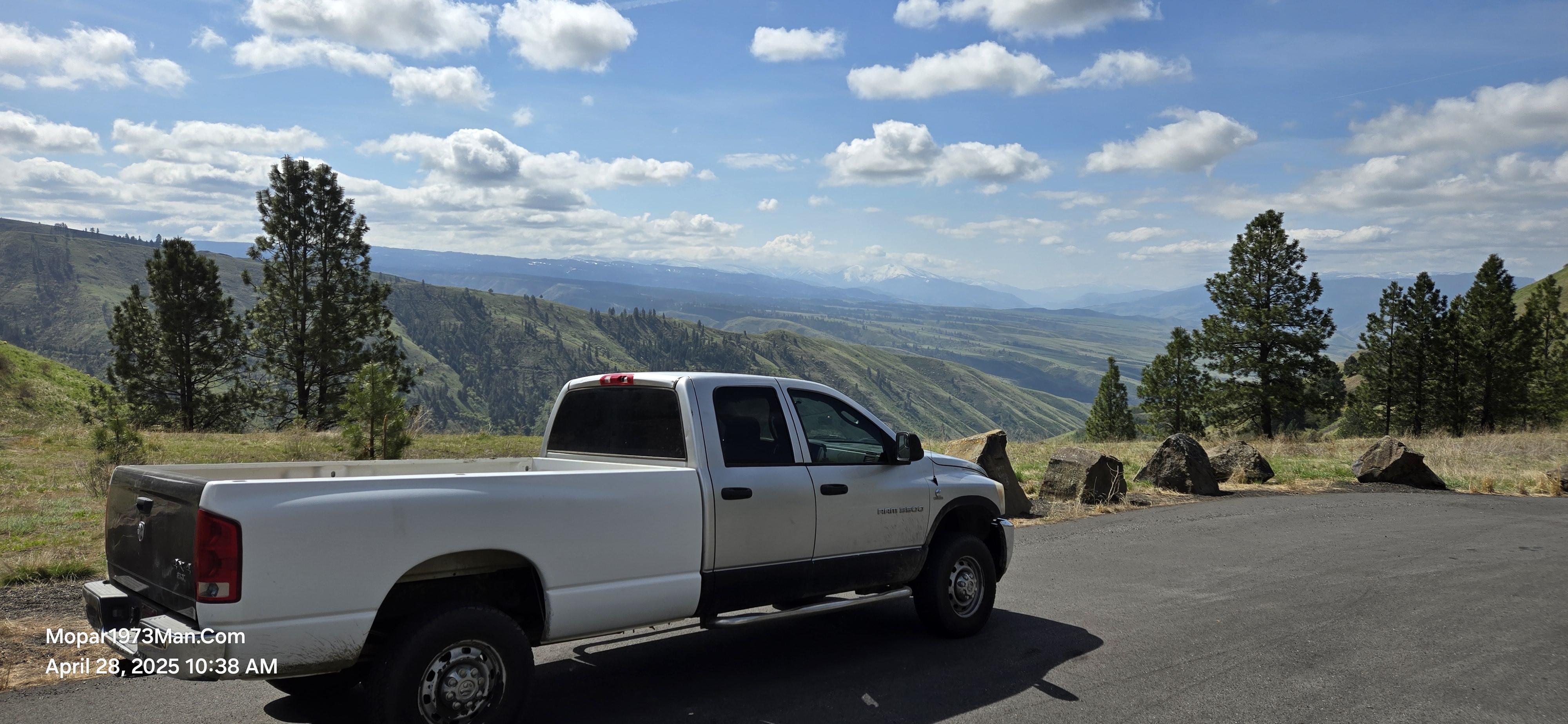
Everything posted by Mopar1973Man
-
Factory Battery Hold Down Mods/Repairs
@Me78569 You might look around there is plastic hold downs like my truck got. Much better than steel.
-
Auto to Manual Trans Swap
That's why I never built that much power... There isn't any transmission that holds up to 500 HP without serious modification. Even then the life span is very short. Having oversized tires puts even more stress on the transmission so failure is even more so common. Check around you find more transmission failures with oversized tires than stock sized.
-
To whoever conceived the abomination known as Active Fuel Management....
Something to read... http://www.machinerylubrication.com/Read/59/oil-analysis-varnish
-
Some needed routine maintenance
Lets say my transfer case is still going with ATF+3 and 257k miles and zero issues. @angus Download area is there you can always just re-download the files.
-
Donation???
Got moved under The Store tab. https://mopar1973man.com/donate/ You won't be a "lost member" that function is long gone now. Left behind in the old version 3.4 software.
-
Factory Battery Hold Down Mods/Repairs
Not bad... One way to bring life back to old battery hold down hardware. Nice how you fab'ed the nuts on top to allow you reuse you old bolts. I will highly suggest you keep a light coating of engine oil on everything and then they will never rot again. I still surprise most folks that look at my truck at how my battery terminal and hold down hardware is still working fine. It all about keeping that oily coating on the metal parts and the acid won't touch them.
-
On the Hunt for a Slide in Popup camper
I know the feeling... Went from... And upgraded too... I like the upgraded version myself. Yeah but when your center of gravity is that much higher you not going to to be whip around the canyons here with your beast. Your right you can get into some pretty back woods areas with a slide vs. travel trailer like mine that is 31 foot long. I will admit JAG1's slide in camper is very comfy. Wet bath, nice dining area, full size fridge, good side kitchen, and nice big bed.
-
To whoever conceived the abomination known as Active Fuel Management....
Imagine that the roller part that failed ?
-
Having Line X Applied to Hood
Yeah I normally just scratch the paint not down to bare metal. Sharpie might work kind of hit miss thing. If you wash areas with solvent it works better. Alight scratch is visible but hides good.
-
Lift Pump/ Fuel Supply Question
Problem is that it would be rather expensive building an stand alone controller that can read OBDII data for this information for tach signal.
-
Lift Pump/ Fuel Supply Question
Just odd the last time I was there in person they told me the did do Cummins ECM for the Dodge Rams. Just odd to here a different story. Still in all the lift pump circuit can be repaired...
-
Having Line X Applied to Hood
Call me in the evening I'll teach you how to do it. Super simple.
-
Having Line X Applied to Hood
Doesn't take much to hose the truck with acid.
-
Having Line X Applied to Hood
I hate to say it but, "Black is a B!t©h!" My old 1973 Dodge Charger was paint black in California. Beautiful car with black paint, black vinyl top, and tinted windows. Didn't take long for scratches and other issues to start showing up.
-
Rail Pressure Troubleshooting
Any cross over tube issues? High return flow injectors? Weak or bad lift pump? Typically idle should be around 6k PSI. I would say there is something wrong if 21k PSI just after starting. For the rail to drop out so much trying to move I wonder if the lift pump isn't capable of keeping up?
-
To whoever conceived the abomination known as Active Fuel Management....
Pictures wanted...
-
Having Line X Applied to Hood
Two man process. First take a scratch awl and trace the hood hinges in their current position. The two men loosen both fasteners till nearly out while supporting the hood. Then both men at the last second remove the bolts by hand and just lift the hood off. This is the proper way of doing it.
-
My Next Job
@The_Hammer and @CSM You both might want to re-visit your articles and verify the information is correct after moving them.
-
Scangauge 0 LOD/0.0 GPH at idle
Elevation here is 2,800 ft but during the video I was head towards New Meadows, ID which is 3,500 feet roughly.
-
On the Hunt for a Slide in Popup camper
Ok more pictures needed.... Lets see this new camper...
-
My Next Job
I think TFaoro or CSM already did. I just remember seeing the post about that.
-
New member introduction/reccomended maintenance
You mean Gorilla Glue...
-
Anyone Else on the lookout for Health Care that covers you for less than your cell phone bill?
No kidding... My cell phone bill is roughly $10 a month. I buy a 2 hour card every 3 months at $29.95.
-
Lift Pump/ Fuel Supply Question
Where you clear about it being a Cummins Diesel?
-
Scangauge 0 LOD/0.0 GPH at idle
Don't need to have value at idle to be accurate. I've done several trip where the pump lands within 0.1 gallons of what's displayed. Set it once and leave it alone. Constantly re-doing will just frustrate you. On the diesel it doesn't show an idle consumption but on the gasser it does. Without without the Edge the MAP number is way off. At an idle it should be close to 14 or so. But mine starts at 28.6 with or without the Edge plugged in. "I think" load is calculated from throttle position, fuel flow, RPM's.



